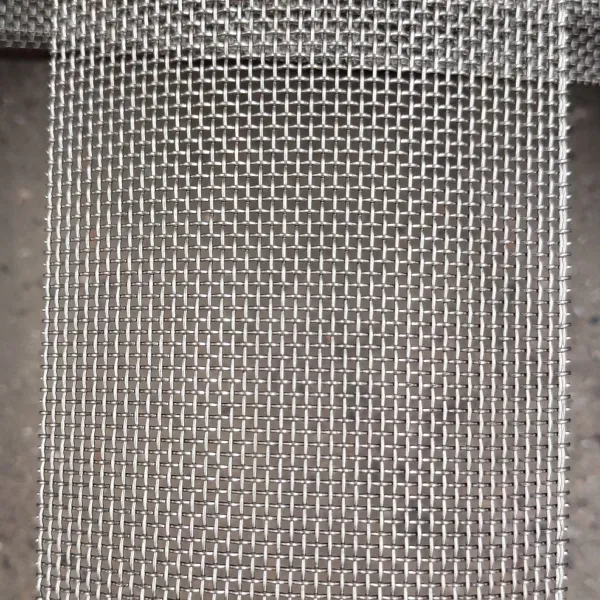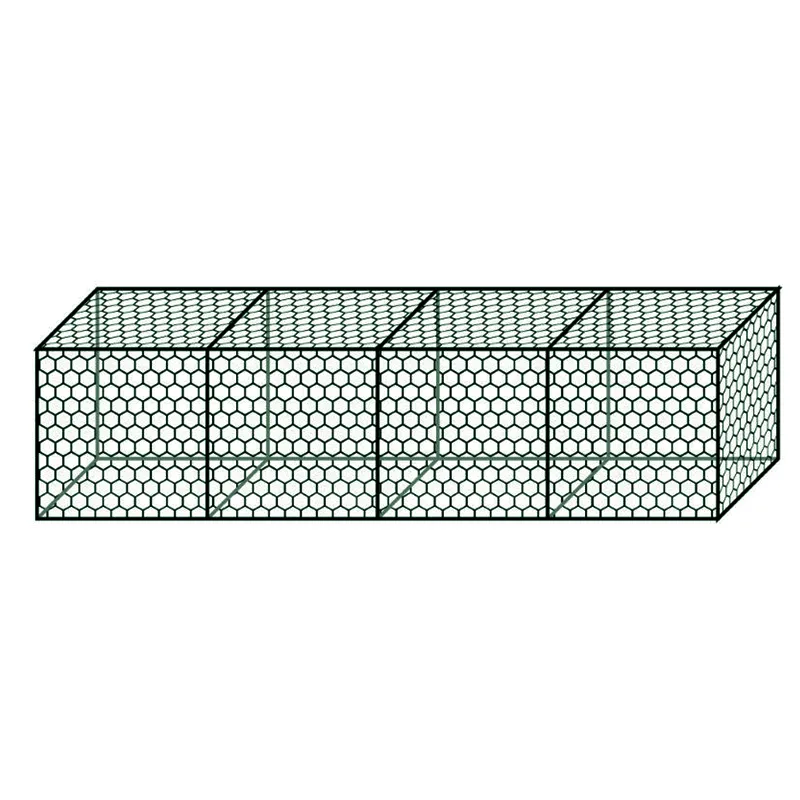Cattle fence wire is an indispensable component for farmers and livestock owners aiming to create secure and reliable boundaries around their property. When delving into the world of cattle fencing, there are several distinct aspects that one must consider to ensure effectiveness, safety, and longevity.

Starting with materials, cattle fence wire comes in various types, each with its unique benefits.
Among the most popular choices is galvanized steel wire. Known for its durability and resistance to rust, galvanized steel offers an excellent lifespan, even in challenging weather conditions. It provides the double assurance of robust physical barriers while minimizing maintenance costs over time. Stainless steel wire is another option, notable for its high tensile strength and resistance to the elements, making it ideal for regions prone to extreme weather fluctuations.
Barbed wire and high-tensile wire often emerge as top contenders. Barbed wire, with its sharp edges, provides a physical and psychological barrier that deters livestock from pushing against it. High-tensile wire, while smoother, offers strength and flexibility that can adapt to various terrains without compromising its integrity. Each offers specific advantages that fit different needs, depending on the type of livestock and the specific environmental pressures involved.

Installation of cattle fence wire demands expertise for optimal outcomes. Proper tension is critical in ensuring that the wire remains effective over time. Too loose, and the fencing loses its integrity, allowing livestock to breach the boundaries; too tight, and the wire is prone to breaking, especially under temperature variations. Post spacing and depth are equally vital, as they stabilize the entire structure. Posts should be set deeply enough to withstand the forces of cattle leaning or rubbing against them—a factor often underestimated and a common reason for fence failure.
Moreover, electric fencing presents a modern alternative or complement to traditional cattle fence wire. By delivering a mild electric shock, it serves as a formidable deterrent, teaching livestock to respect the boundary without causing them harm. It's an excellent addition to any pasture management strategy—though ensuring that electric systems are regularly maintained and properly insulated is crucial to prevent shorts and maintain efficacy.
cattle fence wire
In terms of environmental and ethical considerations, selecting the right type of cattle fence wire also involves reflecting on its ecological impact. Eco-friendly options, such as recycled materials or biodegradable components, are becoming increasingly popular as awareness of sustainable farming practices grows.
Maintenance of cattle fence wire cannot be overlooked. Regular inspections can prevent most issues that would lead to costly repairs or livestock escape. Check for signs of rust, wear, and tension loss especially after severe weather. Likewise, vegetation control around the fence line ensures that the wire is visible and reduces the likelihood of grounding if it's electrified.
Finally, the financial investment in cattle fence wire is significant, but when approached wisely, it pays for itself by minimizing livestock loss and protecting pasture integrity. Seeking advice from seasoned experts can bridge the gap between novice and experienced farmers, providing insights that textbooks or preliminary research might miss. Experienced farmers often share stories of innovations born from necessity, offering boots-on-the-ground wisdom that enhances understanding and improves installations.
In conclusion, cattle fence wire is more than just a barrier. It represents a commitment to effective livestock management, ensuring safety both for the animals and the farmland. By combining proven traditional methods with modern innovations and sustainable practices, farmers create a resilient and efficient barrier that maximizes investment. With proper selection, installation, and maintenance, cattle fence wire can serve its purpose faithfully for many years, reflecting expertise and trustworthiness in its role as a staple of farm management.
























